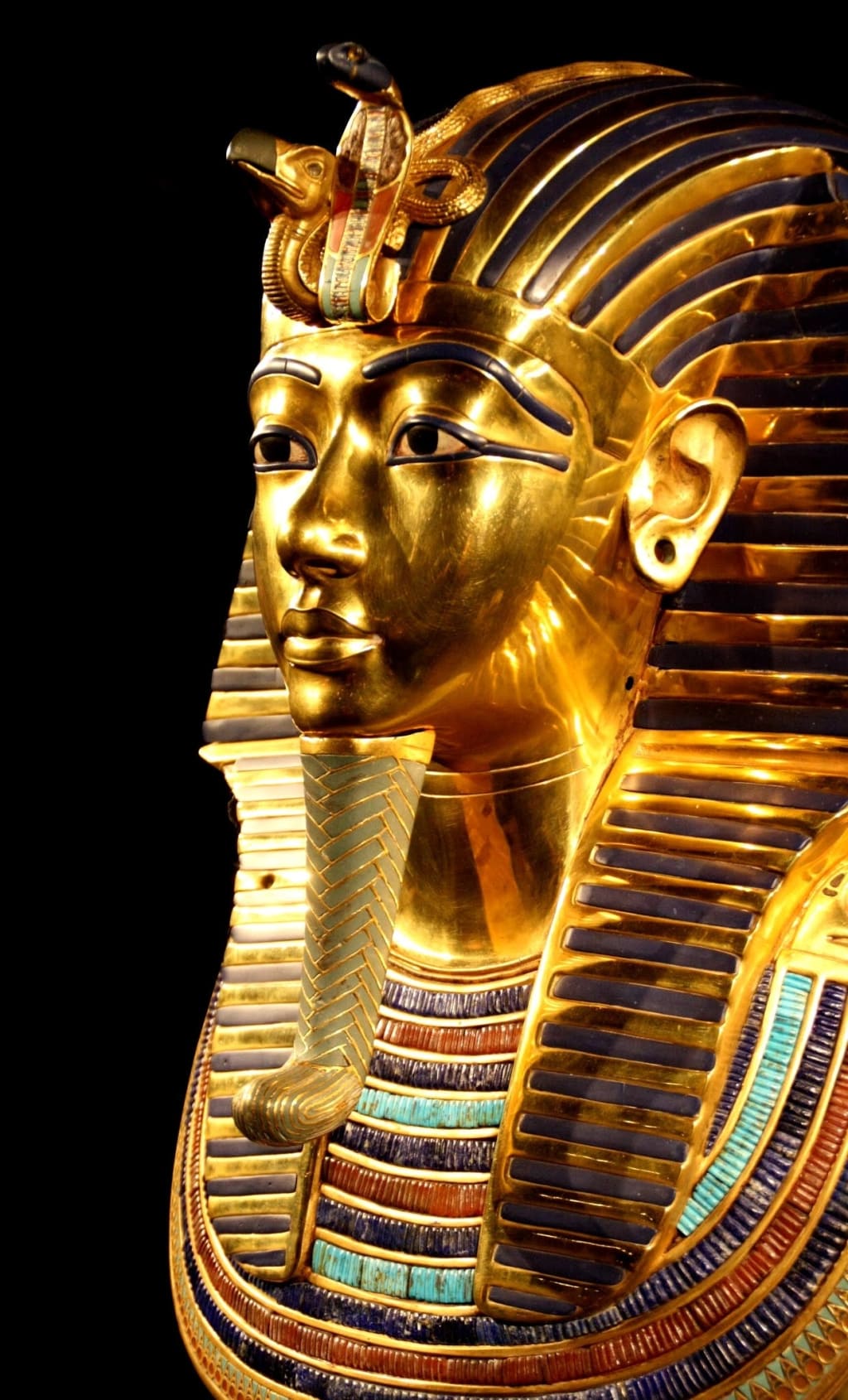Secret tunel to Cleopatra's lost Tomb
Cleopatra's secret

In November 1922, a young boy ventured through the desert mountains of Egypt and stumbled upon a remarkable discovery—a set of ancient steps carved into the rock. Little did he know that this find would become one of the world's most significant archaeological discoveries, leading to the unearthing of Tutankhamun's untouched tomb. Inside, archaeologists found a treasure trove of approximately 5,000 ancient objects, including jewelry, fabrics, painted vases, and funeral masks. One such mask has become an iconic symbol of ancient Egypt.
Over a century later, humanity finds itself on the brink of another extraordinary discovery—the tomb of Cleopatra. Cleopatra, the last active ruler of the Ptolemaic Kingdom of Egypt, reigned from 51 to 30 BCE. While many ancient records exist about her life and reign, the secrets of her burial place have remained elusive. Dr. Kathleen Martinez, an archaeologist, has dedicated decades to studying ancient records in temples around Alexandria, leading her to believe that Cleopatra's tomb lies beneath the ancient city of Taposiris Magna. This bustling city, founded in 280 BCE, was located on Egypt's northern coast and housed a thriving trade and industrial sector.
Dr. Martinez's theories seem to have merit, as she and a team of archaeologists discovered a hidden underground tunnel near Alexandria. Stretching approximately 0.8 miles, this tunnel was carved into the rock beneath Taposiris Magna's temple. Further excavations have uncovered numerous artifacts that suggest Cleopatra's tomb lies within the depths of this tunnel. There is a possibility that Cleopatra may be buried alongside her lover, the Roman commander Mark Antony. According to ancient records, Cleopatra and Mark Antony shared a passionate love and opposed the Roman Senate, which labeled Antony a traitor.
However, the excavation process is not without challenges. Natural disasters, such as earthquakes and floods, have plagued the region for thousands of years, potentially damaging and flooding the underground tunnels of Taposiris Magna. Despite these obstacles, archaeologists remain hopeful that the ancient tomb remains untouched, preserving numerous treasures and records of ancient Egyptian royal life. Excavations may even involve underwater exploration and sifting through mud, a process that requires extensive time and funding. Nonetheless, archaeologists firmly believe that the endeavor is worthwhile.
While it is premature to assert with certainty that Cleopatra's tomb has been found, the discoveries in the tunnel provide compelling evidence. Among the findings are clay pots, coins bearing Cleopatra and Alexander the Great's likenesses, and a bust depicting the Egyptian queen. Cleopatra continues to captivate people's imaginations, holding a prominent place alongside other renowned figures in Egyptian history, such as Ramesses III and Tutankhamun. Her story has inspired countless films, paintings, and books.
Cleopatra's popularity stems from her complex and intriguing persona. She was a beautiful, intelligent ruler who steered Egypt out of crisis and transformed it into a prosperous power. Medieval Arabic texts suggest that she possessed knowledge in chemistry, mathematics, and philosophy, potentially authoring several scientific books. Cleopatra was multilingual and displayed exceptional diplomatic skills. However, the image of her as an insidious seductress owes more to Hollywood's portrayals and the propaganda of her Roman rival, Octavian, than historical evidence.
Although born in Egypt, Cleopatra was of Greek descent, with her ancestors including one of Alexander the Great's generals. Despite her Greek heritage, Cleopatra endeared herself to the people of Egypt. She learned their language and respected their traditions, displaying a deep understanding of ancient Egyptian history, customs, and mentality. Cleopatra elevated Egypt's economy and bolstered its status as a global power through her cunning and grandeur. Behind her lavish exterior, she was an astute and calculating ruler. Her reign marked a period of opulence and prosperity in ancient Egypt, as she sought to increase the country's wealth and influence on the international stage.
One anecdote that illustrates Cleopatra's resourcefulness occurred when she found herself in conflict with her brother, Ptolemy XIII. Realizing she couldn't directly challenge him, Cleopatra devised a plan to win over Julius Caesar to their side. Instead of a grand arrival, she concealed herself in a carpet or linen bag, which was carried by the emperor's servants into Caesar's private chambers. Cleopatra emerged from her hiding place, stunning Caesar with her beauty and determination. This encounter sparked a love affair and a close alliance between them.
Cleopatra's relationship with Mark Antony, another influential Roman, further solidified her position. For their first meeting, she arrived on a golden barge with purple sails and silver oars, dressed as the goddess Aphrodite, under a magnificent canopy. Cleopatra's servants, dressed as cupids, fanned her and burned incense. This elaborate display catered to Antony's fascination with Greek mythology, and he was captivated by her. They eventually married, and Cleopatra bore him three children in Egypt. Together, they reveled in opulence and power, hosting grand celebrations and enjoying their status.
However, their relationship drew the ire of Octavian, who used propaganda to tarnish Antony's reputation and portray Cleopatra as an insidious seductress. In 33 BCE, a naval battle ensued between Antony's fleet and Octavian's forces. Defeated, Antony and Cleopatra fled to Egypt, seeking refuge near Alexandria. Pursued by the Romans, they sought sanctuary in one of Cleopatra's palaces, where they met their tragic end. Legends suggest that Cleopatra committed suicide by provoking a venomous snake, like a viper or Egyptian cobra, to bite her. Other accounts propose that she pricked herself with a poisonous needle. While the truth remains uncertain, excavations in Cleopatra's tomb may provide more insight into her tragic fate.
After her passing, Octavian looted Cleopatra's palaces and temples, returning.
About the Creator
Ervīns Stūrītis
My mission is to educate my dear readers with true, interesting and helpful information to make their daily lives easier.






Comments
There are no comments for this story
Be the first to respond and start the conversation.